Arthur Wigram Allen was a well-known figure in Australian business and society in the late 1800s and early 1900s.
He enjoyed a life of affluence, having inherited considerable wealth. His father, Sir George Wigram Allen, and his grandfather, George Allen, had worked hard to achieve their success and Arthur benefited from their efforts. Yet, it came with the great responsibility of maintaining the family firm – a burden that weighed heavily on him. After attending Sydney Grammar School, Arthur studied law at the University of Melbourne. He was admitted as a solicitor in 1886.
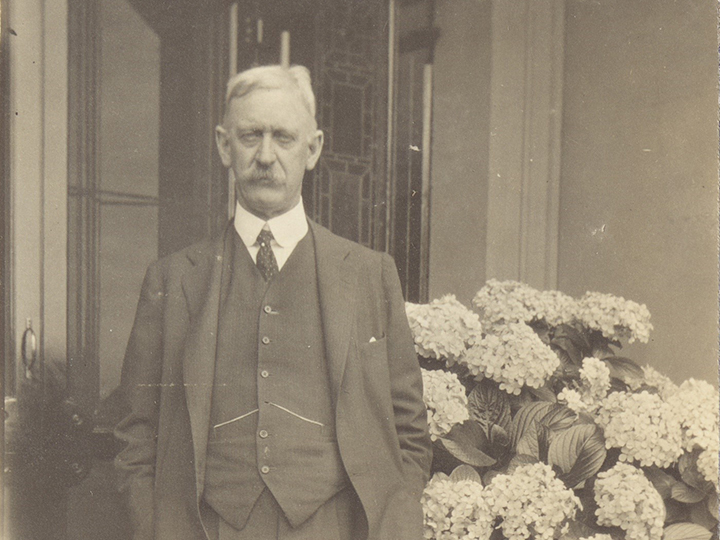
Arthur was known for his wide-ranging interests and great love of the arts.
Arthur's forte was his people skills. He brought work to the firm through his extensive social connections and affable nature, leaving the complex legal work to Alfred Hemsley, Minton Taylor and Norman Cowper. Much of Arthur's work involved attending board meetings as a director of companies such as the Australian Gas Light Company, JC Williamson and Mount Kembla Colliery. His real love, however, was for the arts and he relished every opportunity to attend the theatre and ballet.
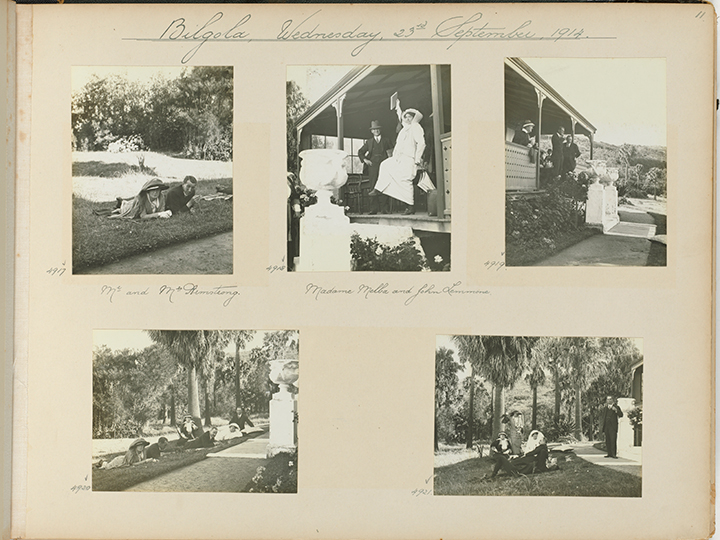
An enthusiastic photographer, Arthur's photo albums (now held by the Mitchell Library in the State Library of New South Wales) provide an extraordinary insight into Sydney's society and culture between 1890 and 1934. Through his photography and extensive diaries, Arthur documented family life, and the visits of many dignitaries and celebrities who accompanied them on outings around Sydney, including the Prince of Wales, Dame Nellie Melba and the Ballet Russe de Monte Carlo.
Arthur was also an astute property investor with a canny sense of timing, and frequently purchased land for subdivision. Among these purchases was Kirribilli House, originally built in 1854 by Adolphus Feez (uncle of Adolph Feez, one of the founders of Feez Ruthning). Arthur purchased the property, on the north side of Sydney Harbour, for £10,000 in 1919. His intention to subdivide the land was met with a public outcry, which prompted Prime Minister William Hughes to acquire Kirribilli House for the Federal Government. It has served as the Sydney residence of Australia's prime ministers ever since.
Another of Arthur's passions was technology. He bought the first electric pianola in Sydney, the earliest versions of the dictaphone, and an early, gas-operated Electrolux refrigerator, which was installed in the office kitchen. He was best known, however, for owning one of the first electric cars in Australia.
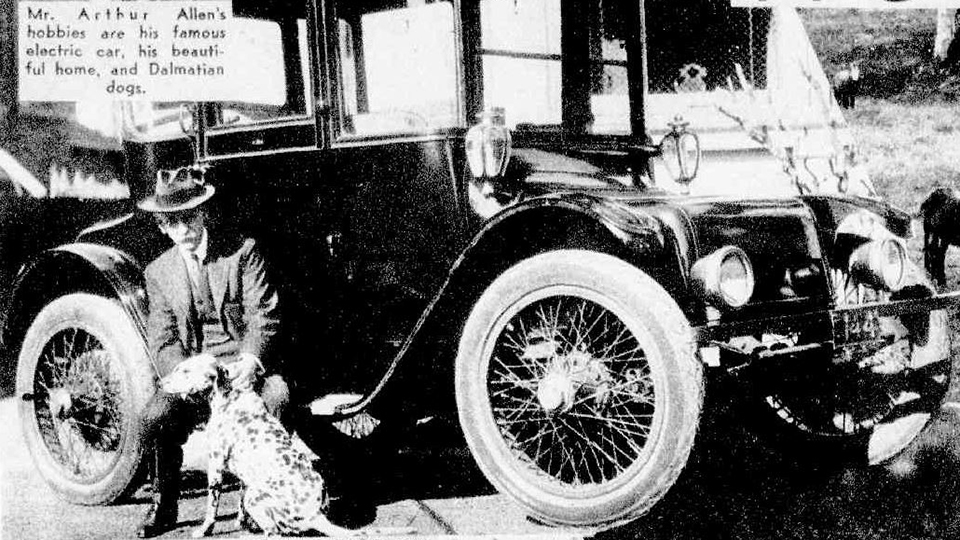
Arthur purchased his first Detroit Electric Brougham in 1913. With their distinct style, resembling a horseless carriage, they were considered the height of sophistication when they first graced Australian roads. But with a top speed of just 30 kilometres per hour, enthusiasm for the electric Broughams waned – except for Arthur and his brother Reginald, who went on to acquire several.
Arthur and Reginald drove their electric cars around the streets of Sydney until the late 1940s, sitting high above the traffic like relics of a bygone era.
Arthur's car caused considerable consternation in 1939 when he left it parked on the wrong side of the road at the Kings Cross Theatre and no one could figure out how to move it. Electric cars having become a rarity by this time, not one of the eight policemen in attendance could get it started.
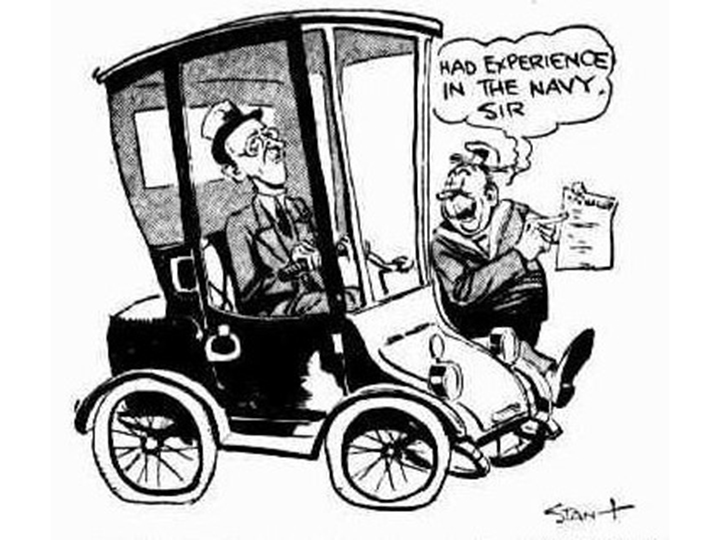
The notoriety of Arthur's electric cars was recorded with wry amusement by Smith's Weekly in 1940, which observed, 'Living in glass houses is bad enough in all conscience, but driving in glass broughams has a fairy-tale flavor [sic]. But there you are. Mr Arthur believes in seeing as much of the world as possible. And quite a lot of what he sees must be his.'
One of Arthur's famous cars now resides in the Museum of Applied Arts and Sciences at Sydney’s Powerhouse Museum and another in the Motor Museum of Western Australia.
Arthur's exuberance belied his poor health. He suffered from chronic asthma, which was treated with an assortment of pills, puffers and daily massages, though they offered him little relief. Unable to sleep, he dozed each night in a chair on his balcony, believing the night air helped his asthma. In 1941, when Arthur died, his passing brought to an end 119 years of family ownership of the firm.
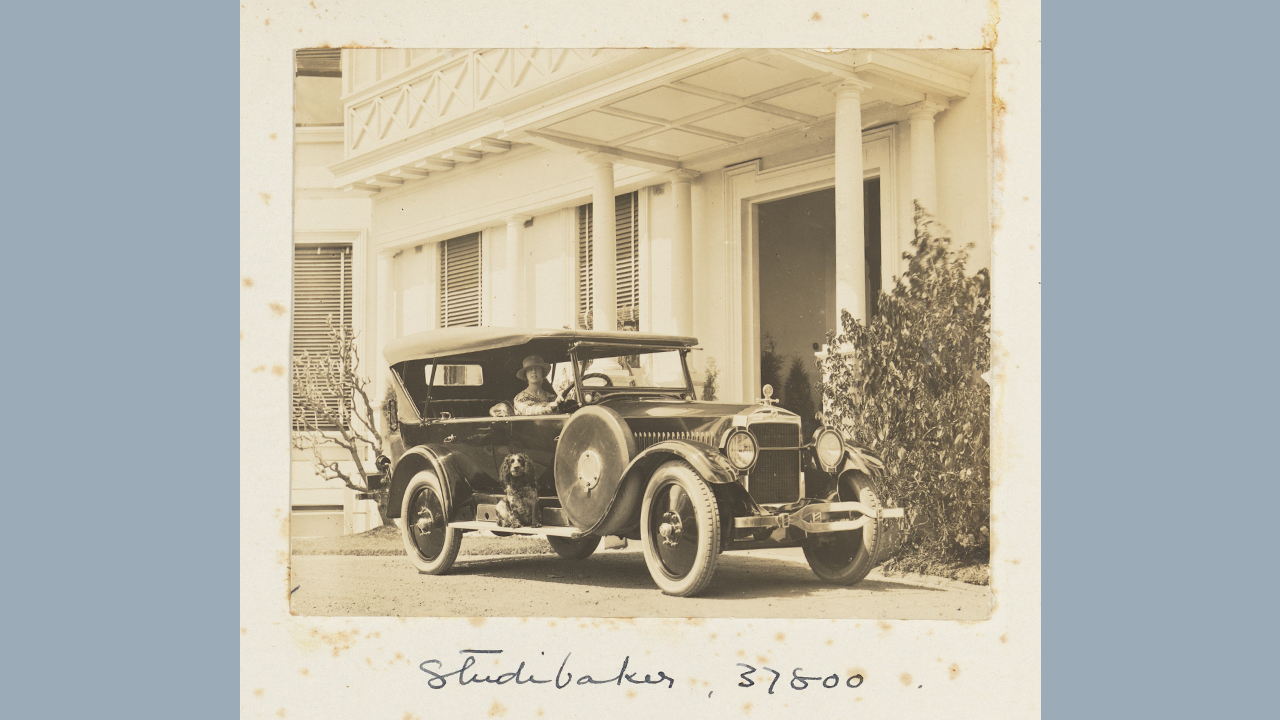
Allen family albums. State Library of New South Wales.
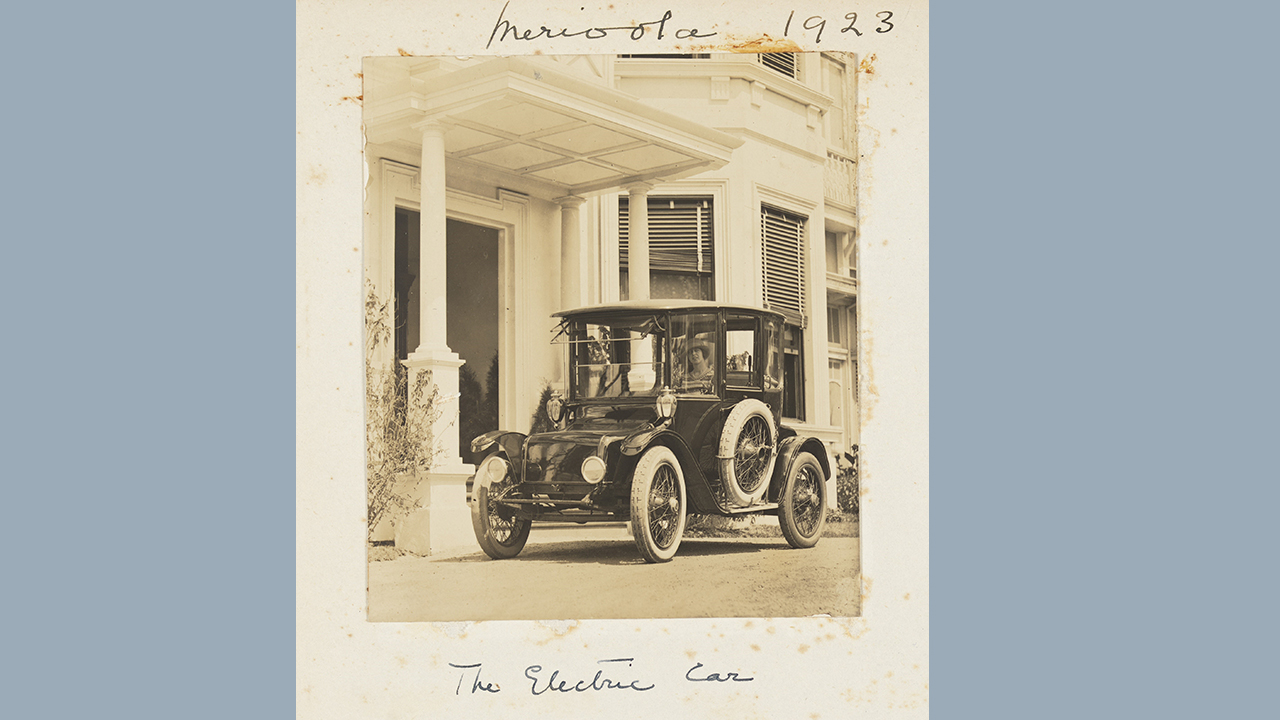
Allen family albums. State Library of New South Wales.
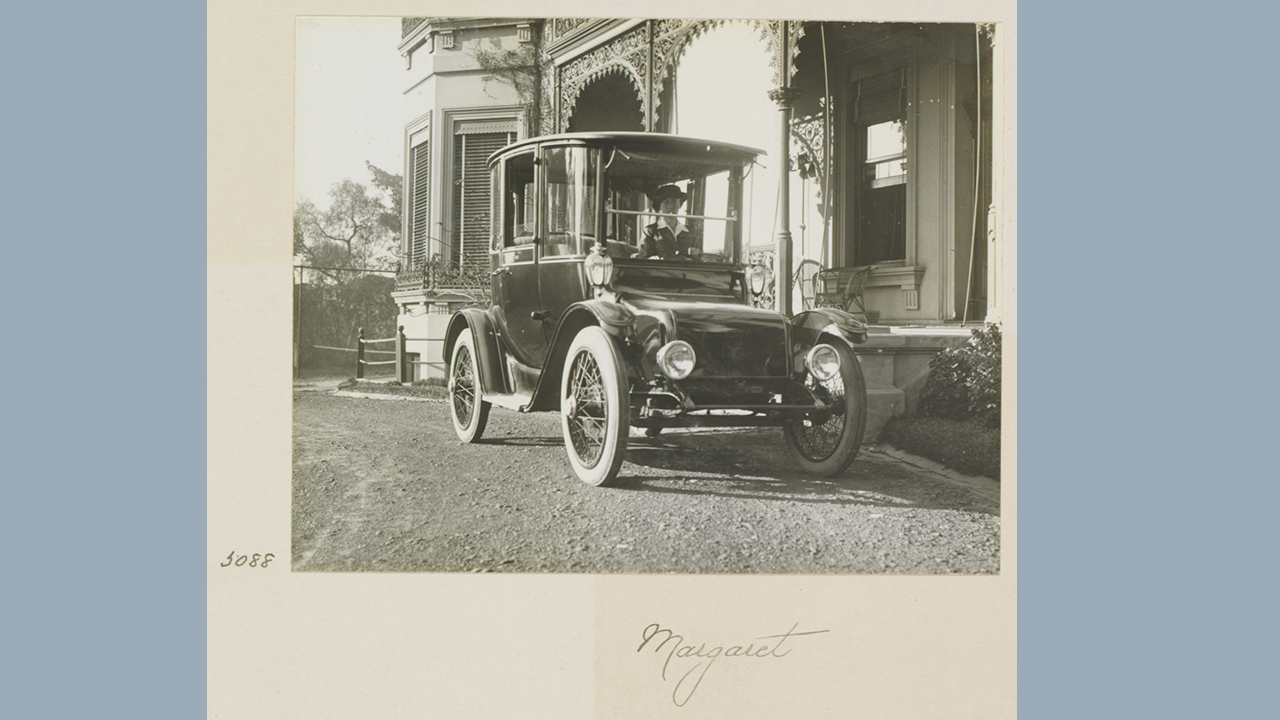
Allen family albums. State Library of New South Wales.
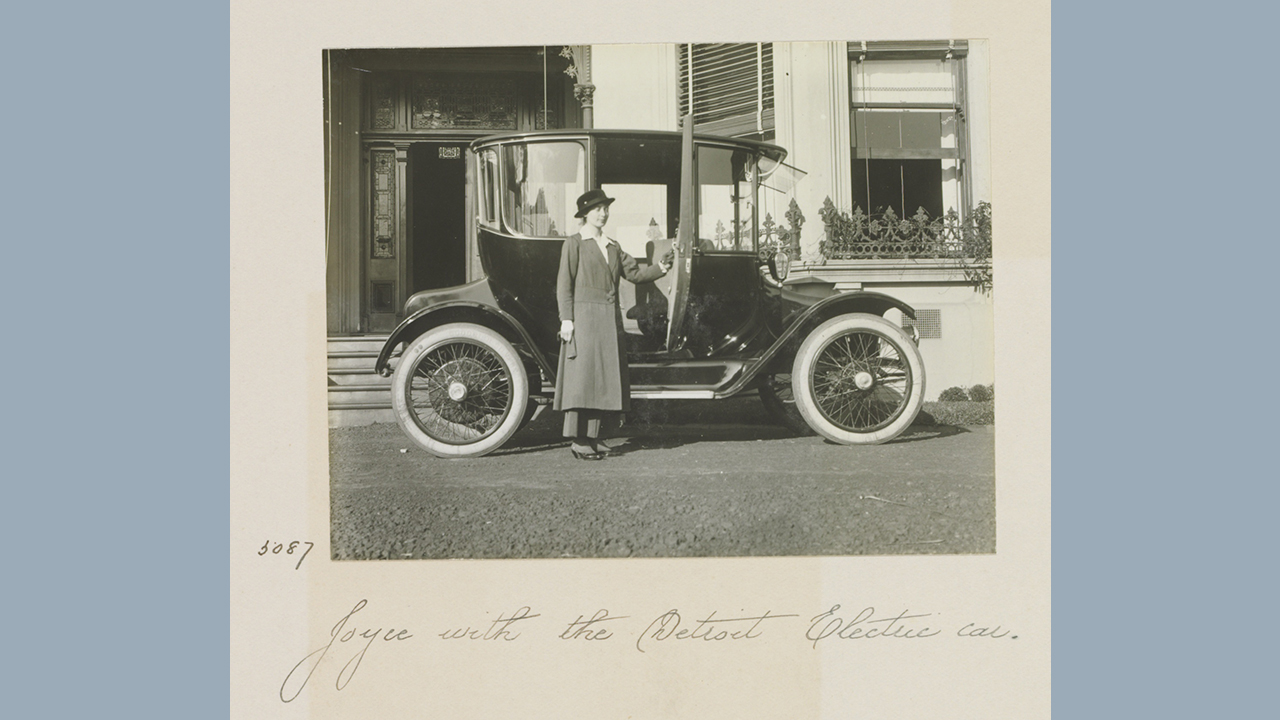
Allen family albums. State Library of New South Wales.
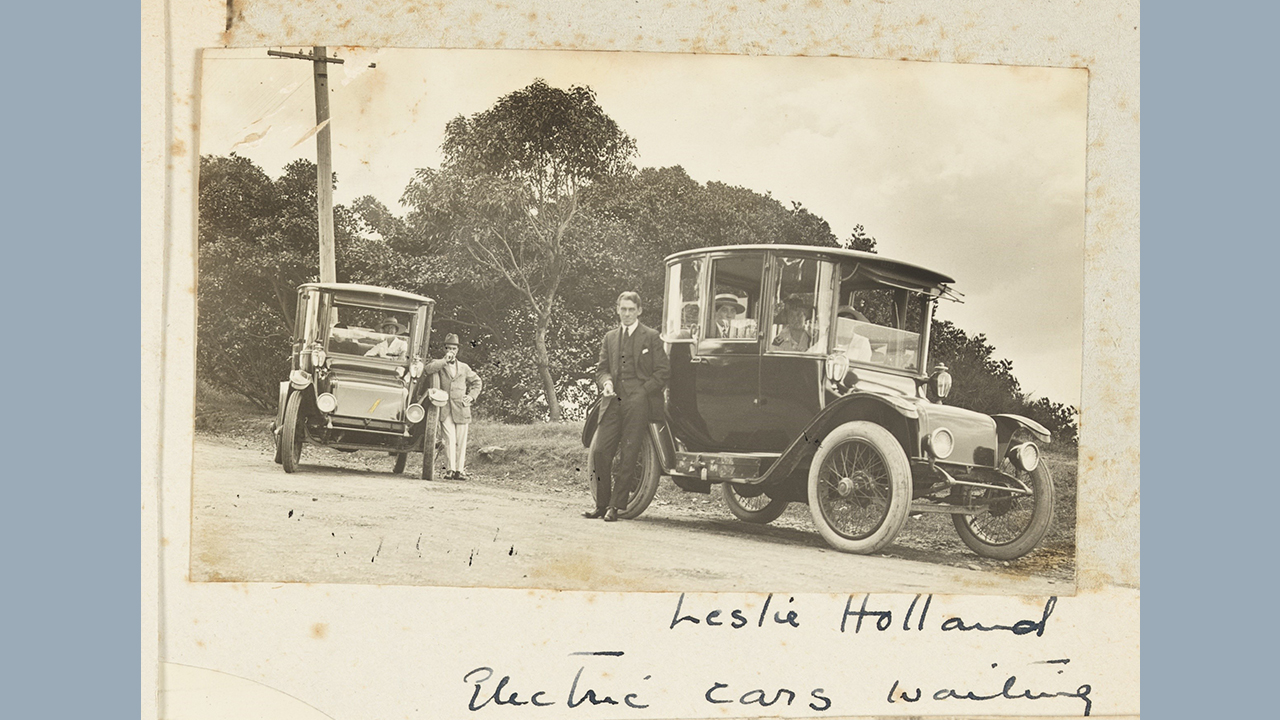
Allen family albums. State Library of New South Wales.
